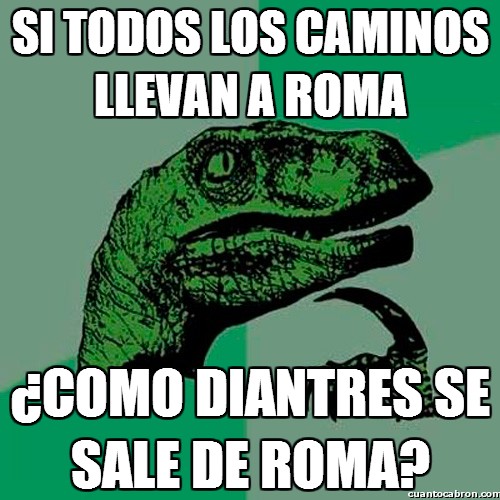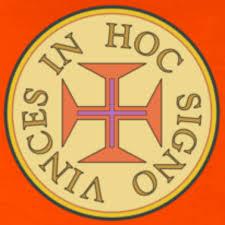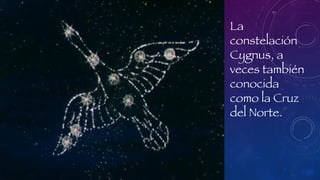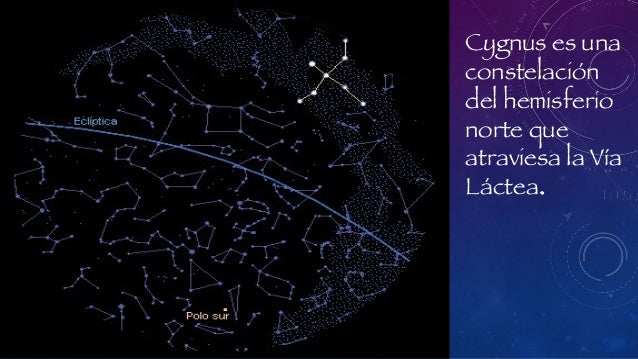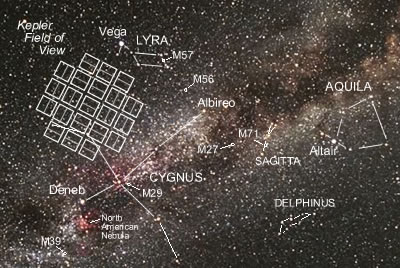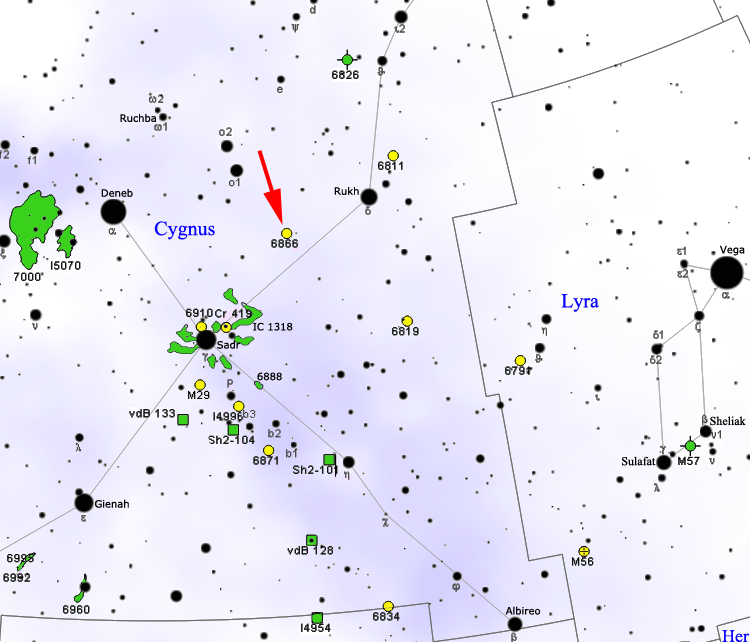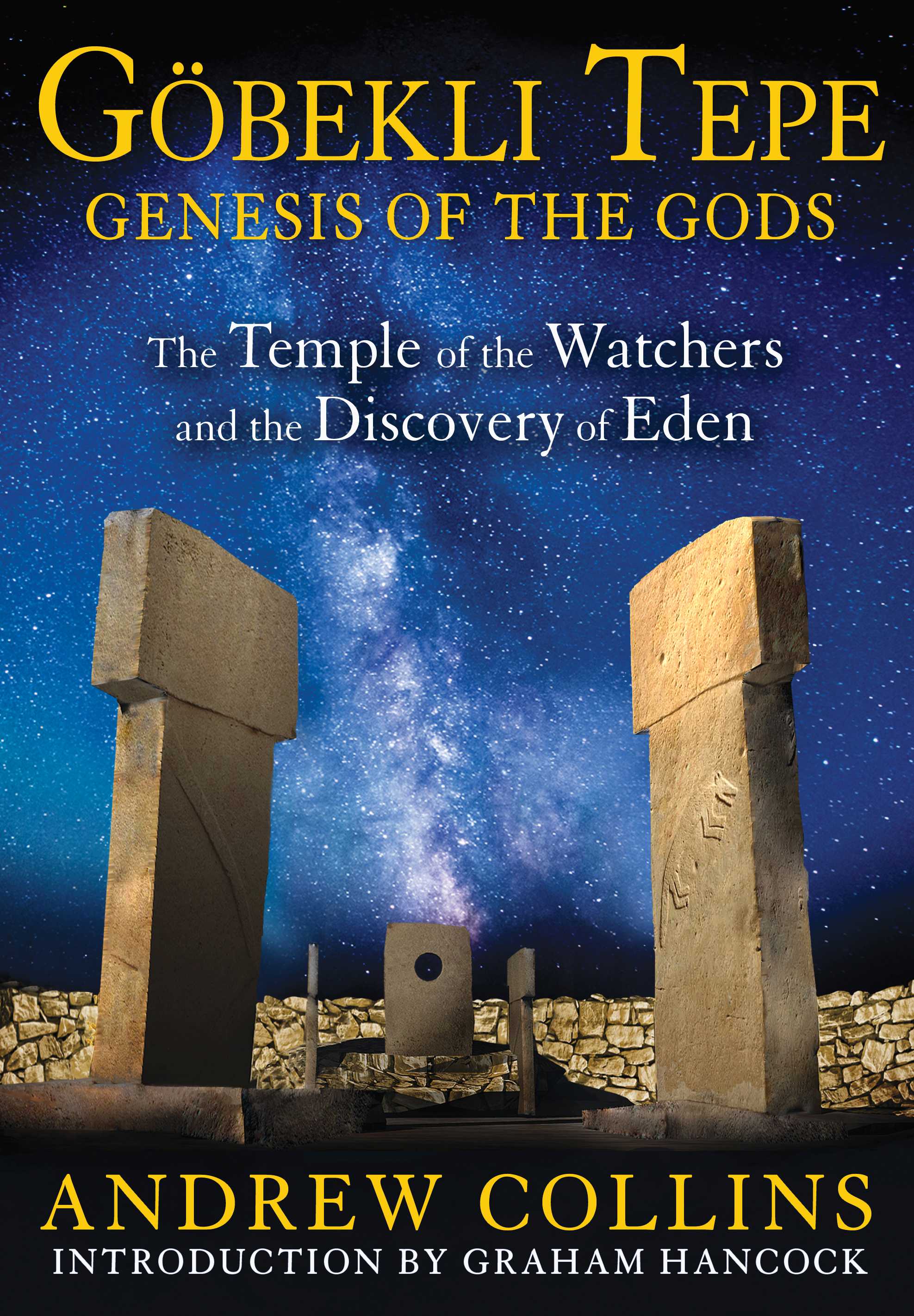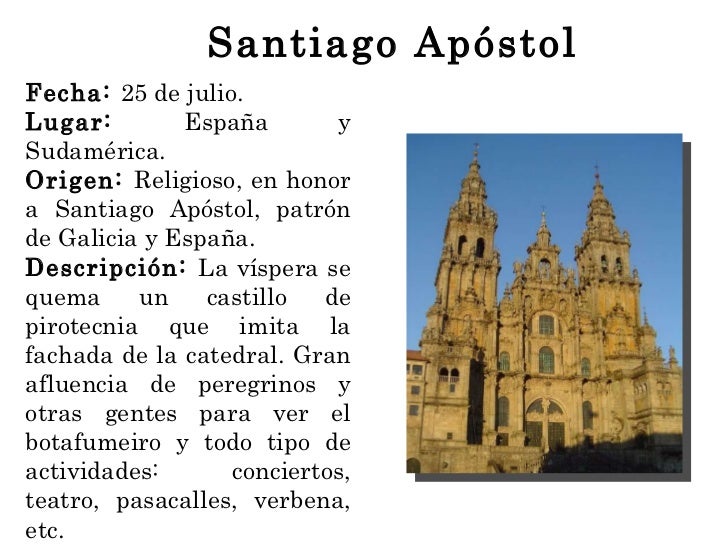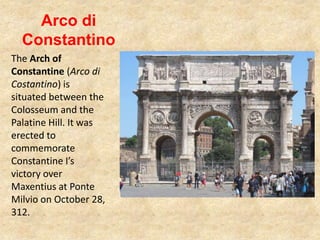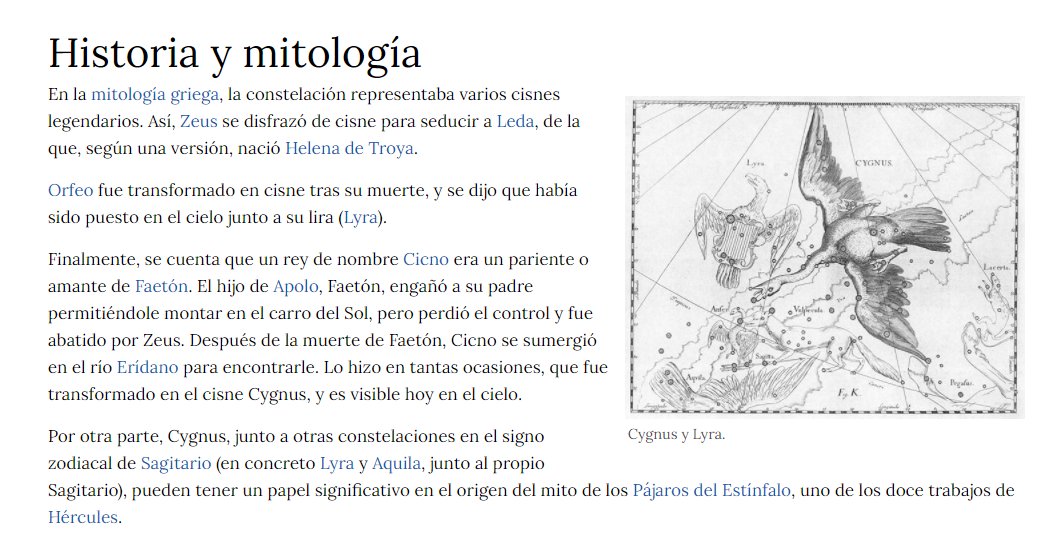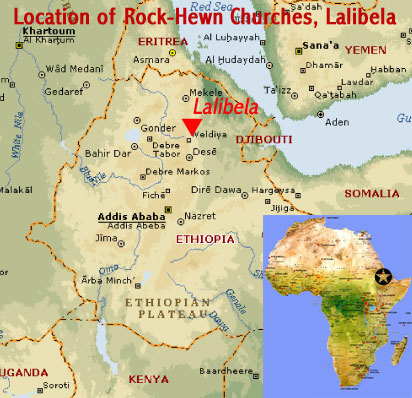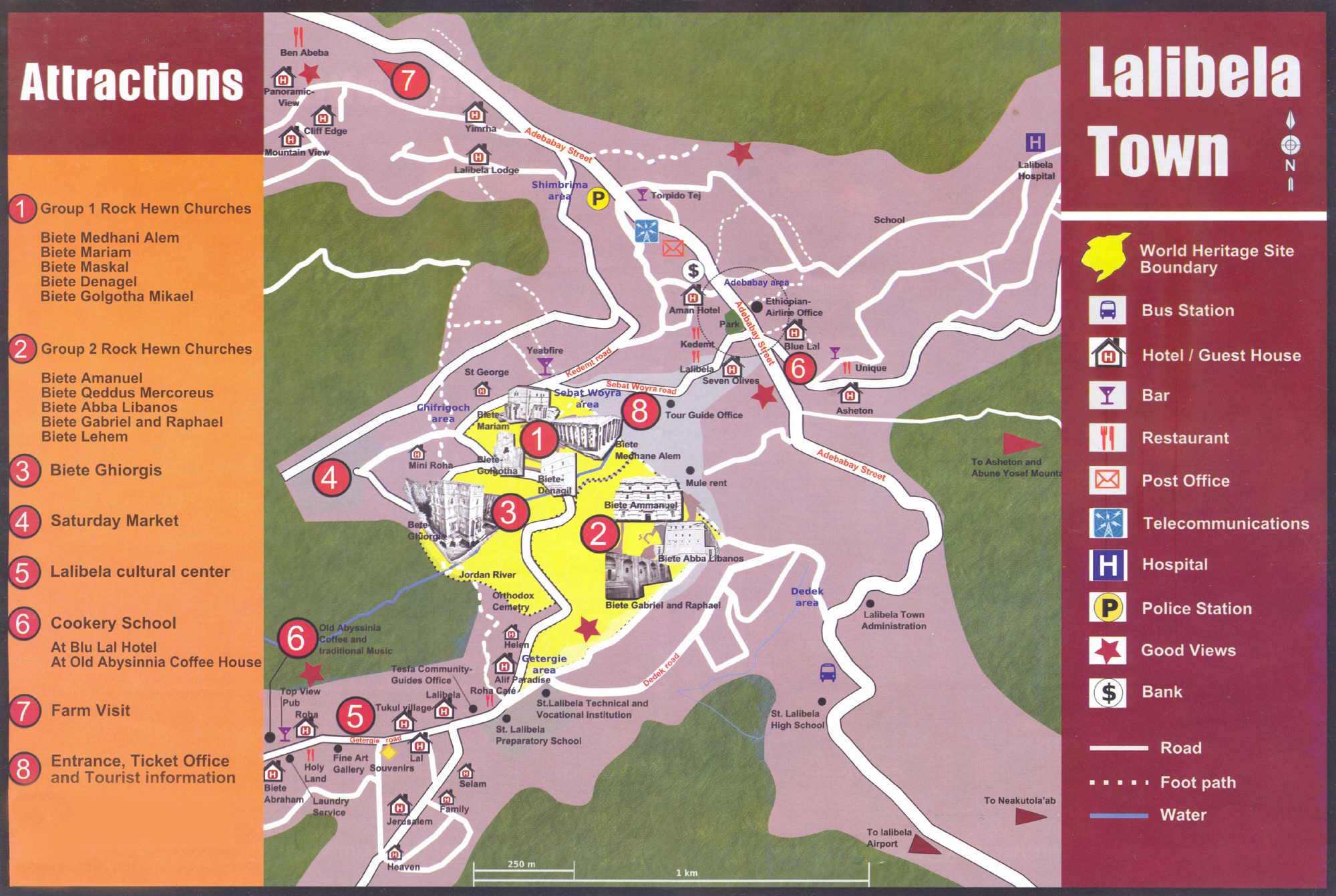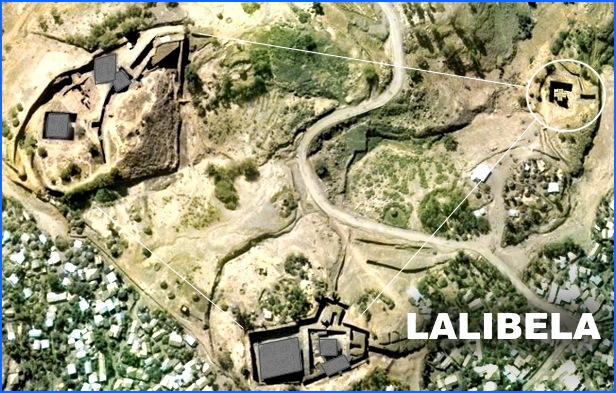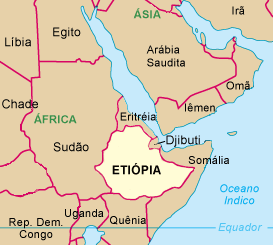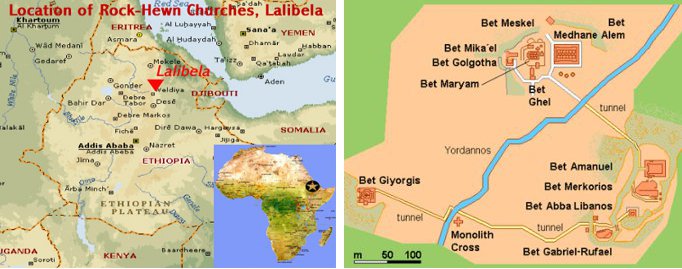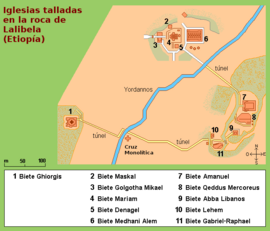by Andrew Collins
from AndrewCollins Website
The three main Giza pyramids, as viewed from the edge of the Maadi Formation
southwest of the Third Pyramid, taken in May 2005
When I wrote THE CYGNUS MYSTERY, I knew that among the many incredible claims it would make, one alone would court fierce criticism, and this was the apparent connection between Giza and the Cygnus constellation. Over the years I have seen how other new theories concerning the hidden mysteries of the plateau have been ripped to shreds by detractors, and then dissected piece by piece until nothing is left intact.
It started with the theories contained in Robert Bauval and Adrian Gilbert's seminal classic THE ORION MYSTERY back in 1994, and has continued ever since with any theory that veers even slightly away from the straight and narrow path of orthodoxy Egyptology. Yet strangely, it is not usually the Egyptologists who start the carnage, but other researchers and writers in the fields of either revisionist history or archaeoastronomy, neither of which are accepted as mainstream subjects.
So by suggesting that the three main pyramids at Giza, as well as the plateau as a whole, reflect sight lines targeting the rising and setting of Cygnus, associated by the Ancient Egyptians with the falcon-headed celestial figure dwn-'nwy, was never going to be taken lying down by the critics.
Thus when my friend and colleague Rodney Hale rung me excitedly one morning in January 2005 to say that he had superimposed the three 'wing' or 'cross' stars of Cygnus (Gienah, aka epsilon Cygni; Sadr, aka gamma Cygni, and delta Cygni) with the Giza pyramids and it was a perfect match, I knew then that if this were ever to reach publication then it was going to cause a furore that would eclipse anything I had ever written before about Ancient Egypt.
THE CYGNUS-GIZA CORRELATION
Rodney had decided to compare the stars of Cygnus with the Giza pyramids after the idea came to him in a flash of inspiration as he lay in bed one night unable to sleep. Yet it must also have stemmed from the fact that when THE ORION MYSTERY was first published Rodney, having embracing such new ideas regarding the astronomy of the Ancient Egyptians, became disappointed when in 1995 he attempted to superimpose Orion's 'belt' stars over the Giza pyramids, with the following results:
Relative positions of the three 'belt' stars of Orion as overlaid upon the Giza pyramids
as done by Rodney Hale in 1995, using both a photograph of the stars
and as they appear in the Skyglobe program 3.5
They simply do not match, with the star corresponding to the Third Pyramid, Mintaka (delta Orionis), falling towards the southwest edge of the monument. Of course, the whole thing could simply have been a symbolic gesture on the part of the Ancient Egyptians, and thus was not meant to be precise. Yet still, it was a shame that the correlation was not exact.
Even more despair came for Rodney, a technical engineer by trade, when he attempted to match the remaining stars of Orion with other pyramid fields, as is proposed by Bauval and Gilbert in THE ORION MYSTERY.
Map of the Orion constellation
Unfortunately, Saiph ('sword', kappa Orionis), which as Orion's right knee is south of the belt stars, fell short of its predicted target - the ruined pyramid of Djedefre of Abu Rawash, while Bellatrix (gamma Orionis), the left shoulder of Orion, is situated some distance away from its target - the so-called 'Unfinished Pyramid' at Zawiyat al-Aryan.
Even more confusing was that Orion's two brightest stars Rigel (beta Orionis) and Betelgeuse (alpha Orionis) do not mark an ancient monument of any kind. Once again, the correlation might not have needed to be precise, but it was a shame that the theory was not as tight as he might have liked it to be. Proposals of this kind need precision for the soul to take them seriously.
Orion superimposed (upside down) on 1927 map of Cairo, showing
the relevant pyramid fields
So now it seemed that for Rodney the 'wing' stars of Cygnus, linked to the plateau through its associations with the cult of Sokar - a falcon-headed god of the dead who presided over Rostau, ancient Giza, and was the earthly counterpart of the celestial sky falcon god dwn-'nwy - could be superimposed over the three main pyramids.
-
Was this simply coincidence?
-
Had it been by grand design, created by the great architect of the Great Pyramid, or was the cosmic joker at work here?
The simple answer is that neither of us could be sure. However, I decided to publish these controversial findings in THE CYGNUS MYSTERY. Naturally, there was a certain amount of hesitation, but I wanted for the Cygnus-Giza ground-sky alignment to speak for itself.
Strangely, Adriano Forgione the editor of Italy's HERA magazine told me that a while back a young reader had written to the letters' page asking whether it was possible that the stars of Cygnus created a better ground-sky match than those of Orion's belt. Why exactly this person should have suggested this is unclear, and Adriano is unable now to find his name. Still, it was a sign that I was doing something right.
Ground-sky overlay using the stars of Cygnus on a modern map of the Giza plateau.
The Cygnus stars are in red, with those of Orion's belt in green.
Actual photograph of the stars were used for this purpose
MOUND OF CREATION
What was also more attractive about the Cygnus-Giza correlation is that because the constellation's 'wing' stars are wider apart than those of Orion's belt, it means that, pro-rata, all its other main stars superimpose nicely on the plateau, highlighting other potentially interesting features.
For instance, Albireo (beta Cygni), the 'beak' star falls in the area of Gebel Ghibli (Arabic for 'southern hill'), a curious rock formation a few hundred meters to the south of the Great Sphinx. Robert Bauval and Simon Cox in the former's book THE SECRET CHAMBER (1999) proposed that Gebel Ghibli might have acted as a physical representation of a mythological primeval hill, or Mound of Creation.
Cox had already investigated this strange hillock, after it had been highlighted as significant in the remarkable landscape geometry of David Ritchie. Cox sensed that it held the key to locating the lost Shetayet shrine of Sokar, said to have been somewhere in the area. Ritchie had felt that it was a 'gateway' into Giza's hidden dimensions.
The previous year, 1998, in my own book GODS OF EDEN, I had suggested that just such a Mound, or Island, of Creation once existed on or close to the plateau, since one is mentioned in the enigmatic Edfu Building Texts, which describe a primordial world that thrived in the vicinity of Memphis/Giza in pre-dynastic times. Since these texts also referred to a well-like structure as being on the 'Island', which led down into an underworld-duat realm (whether real or symbolic), I predicted that a significant well would also be found on this symbolic Mound of creation.
Just such a well structure was discovered by myself in May 2005 amid the modern Islamic cemetery just north of Gebel Ghibli. Known as Beer el-Samman, it is protected by sacred sycamore fig trees - descendants of those mentioned in the Inventory Stela and in the Ancient Egyptian story of Sinuhe.
It is dedicated to a holy man named Hammad el-Samman, said to have once occupied the well in some bygone age. According to a little known tradition still held by the village elders of Nazlet el-Samman (named after the saint), Hammad el-Samman guarded the entrance to an underground city or palace located beneath Nazlet el-Samman, which is due east of the Great Sphinx (where Edgar Cayce predicted that the Egyptians Hall of Records would be found).
Thus to find that the Cygnus star Albireo, the mouth or gullet or the celestial bird, fell nearby, albeit beyond the long linear stone structure known as the Wall of Crows (see below), was interesting indeed, and worthy of further investigation.
THE FURORE BEGINS
THE CYGNUS MYSTERY was published, finally, in November 2006, and instantly the furore began. Hundreds of postings on phorums such as The Hall of Maat and the Graham Hancock website fueled the Cygnus vs. Orion debate beyond anything I could ever have imagined.
Strangely, most posts were fairly positive, especially after able researchers went away and did their own Cygnus-Giza overlay, and saw that it was accurate. Others, however, would not even accept that Cygnus was known to the Ancient Egyptians, never mind it being linked with the plateau.
THE DENEB SPOT
One question which did crop up was: What on the plateau mark's Deneb (alpha Cygni), the brightest star in Cygnus? The answer is that it falls northwest of the Second Pyramid on the edge of the so-called Western Cemetery, which lies west of the Great Pyramid. This is made up of dozens of mastaba tombs from the Fourth, Fifth and Sixth Dynasties, which belong to those nobles and their families connected with the royal royal dynasties. They were built for priests, priestesses, prophets, tradesmen and arguably even the architect of the Great Pyramid.
The Deneb spot covers a fairly large mastaba designated LG14, after the numbering of German Egyptologist Carl Richard Lepsius (1810-1884), who surveyed the plateau, and produced an impressive map dated 1842 (see below).
The Lepsius map of 1842 showing the Cygnus stars overlaid in red.
Note the Deneb spot obscuring mastaba LG14 on the edge of the Western Cemetery
Lepsius found the tomb to be devoid of any artifacts or inscriptions, and thus it was simply catalogued and forgotten about. Nothing more is currently known about LG14, and there is every chance that, if not pillaged in ancient times, it was built but never used. As such, no further light can be thrown on the Deneb spot, as we refer to it.
Deleted section
Whether any of this has anything to do with the proximity, not far away of the Deneb spot, must remain speculation, and in my opinion, if the Cygnus-Giza correlation is meaningful, then I suspect that the Deneb spot played an altogether different role to that of the three 'wing' stars that correspond to the three main Giza pyramids.
Perhaps what we are looking for here is underground, or it is simply the position of a sight line overlooking the rest of the plateau. Either way, the Cygnus-Giza correlation should not be dismissed simply because Deneb does not hit anything obviously important, especially since Orion's own brightest stars, Rigel and Betelgeuse, fail themselves to mark any ancient monument.
The John Perring's 1837 map of the Giza plateau.
The Cygnus stars are in red. Note also the 'well' (Beer el-Samman)
and 'sycamores' marked between the Great Sphinx and Gebel Ghibli.
Note also the proximity of the 'beak star' Albireo (beta Cygni).
http://www.bibliotecapleyades.net/ciencia/ciencia_cygnus08.htm












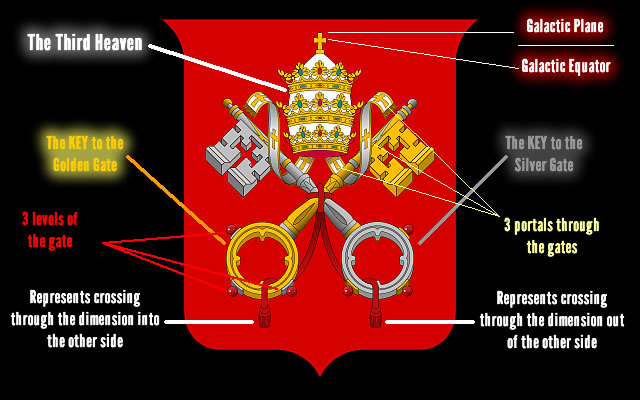




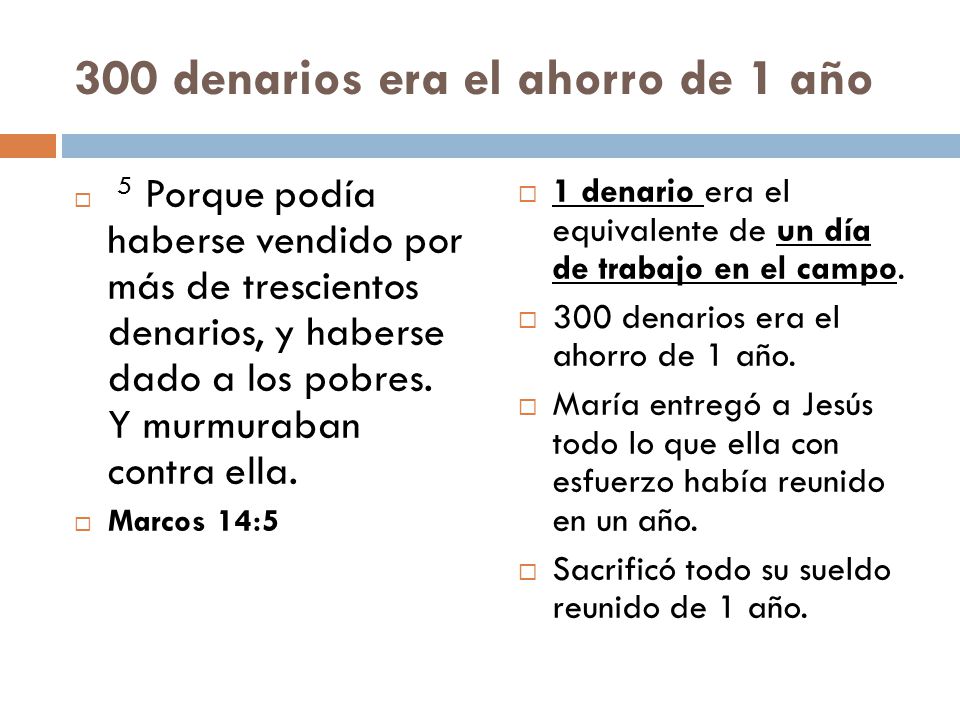













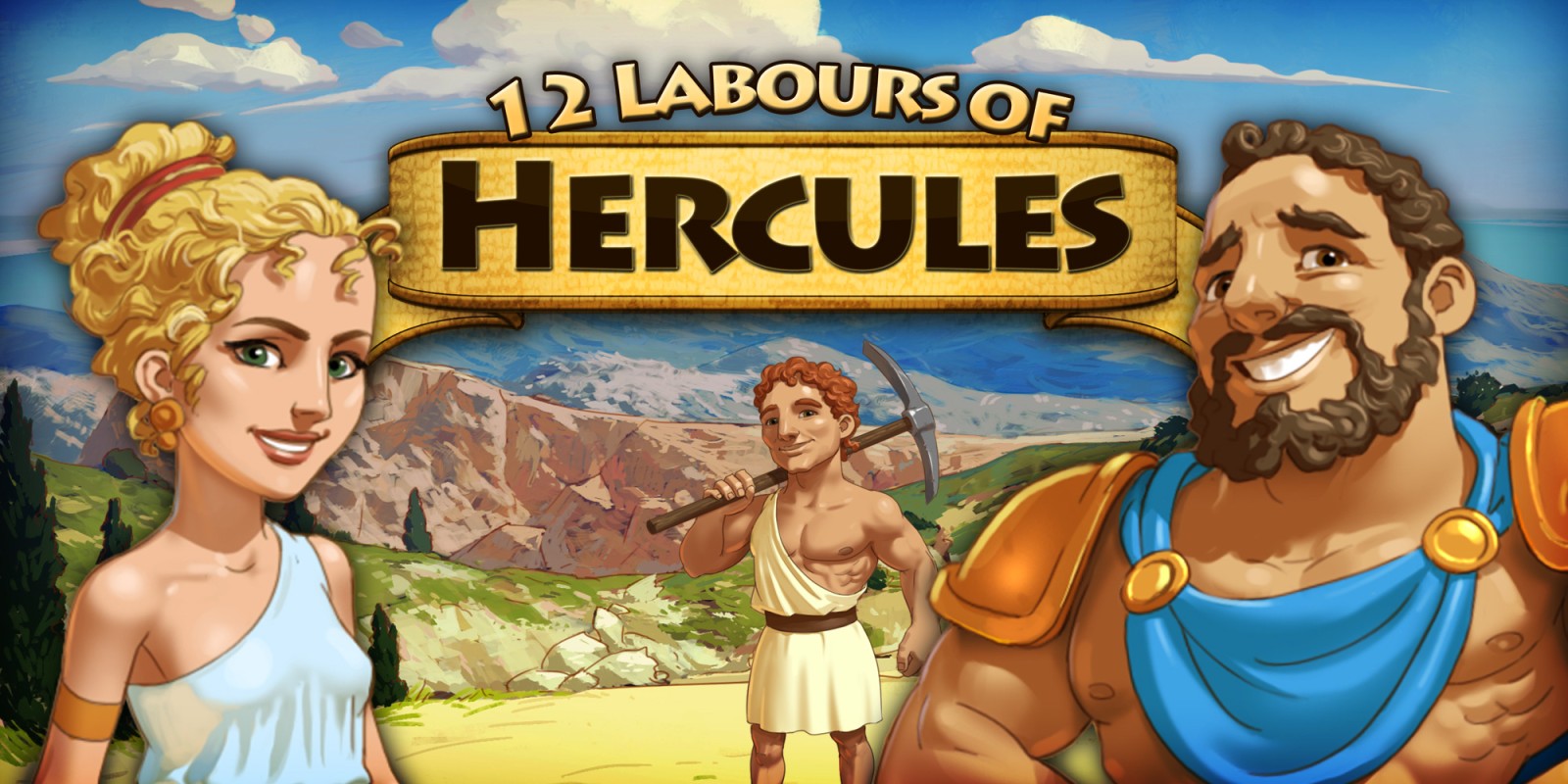



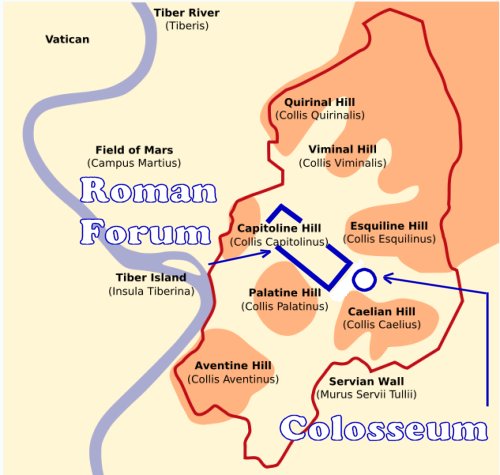
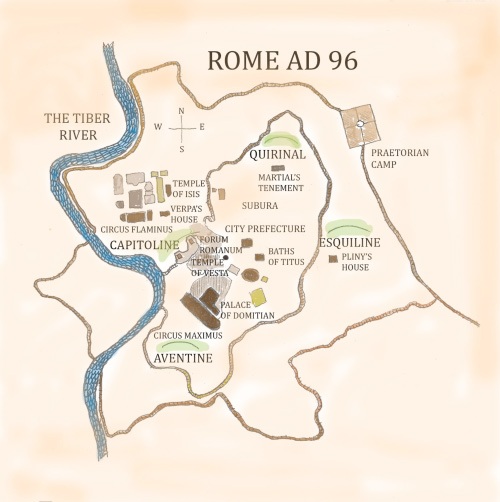









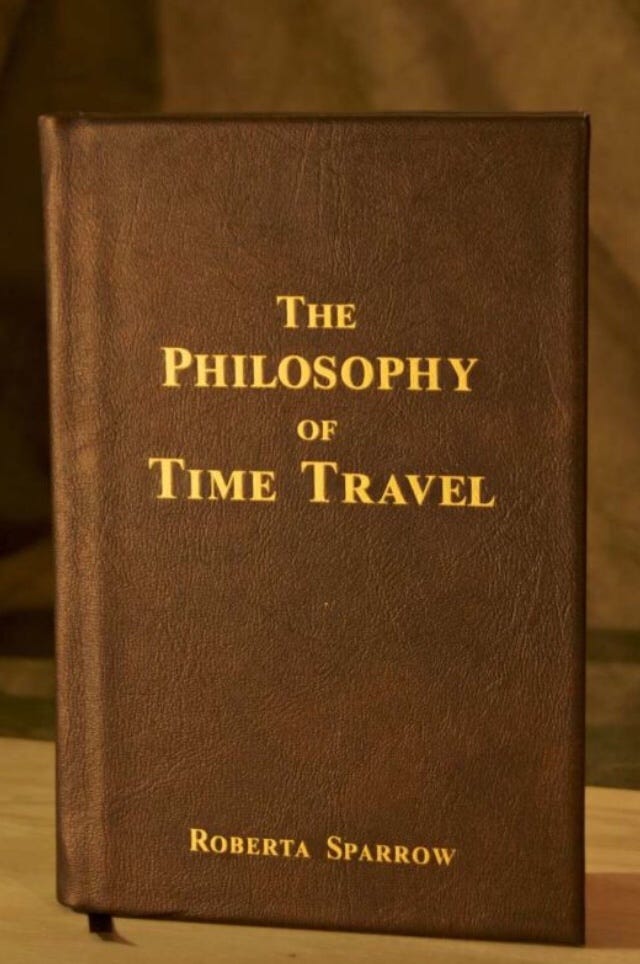


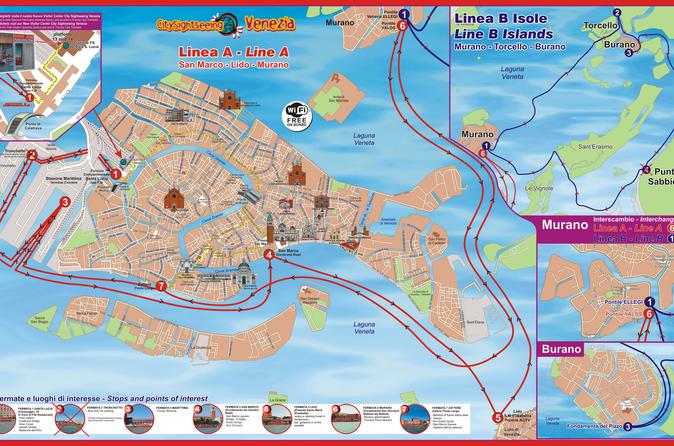
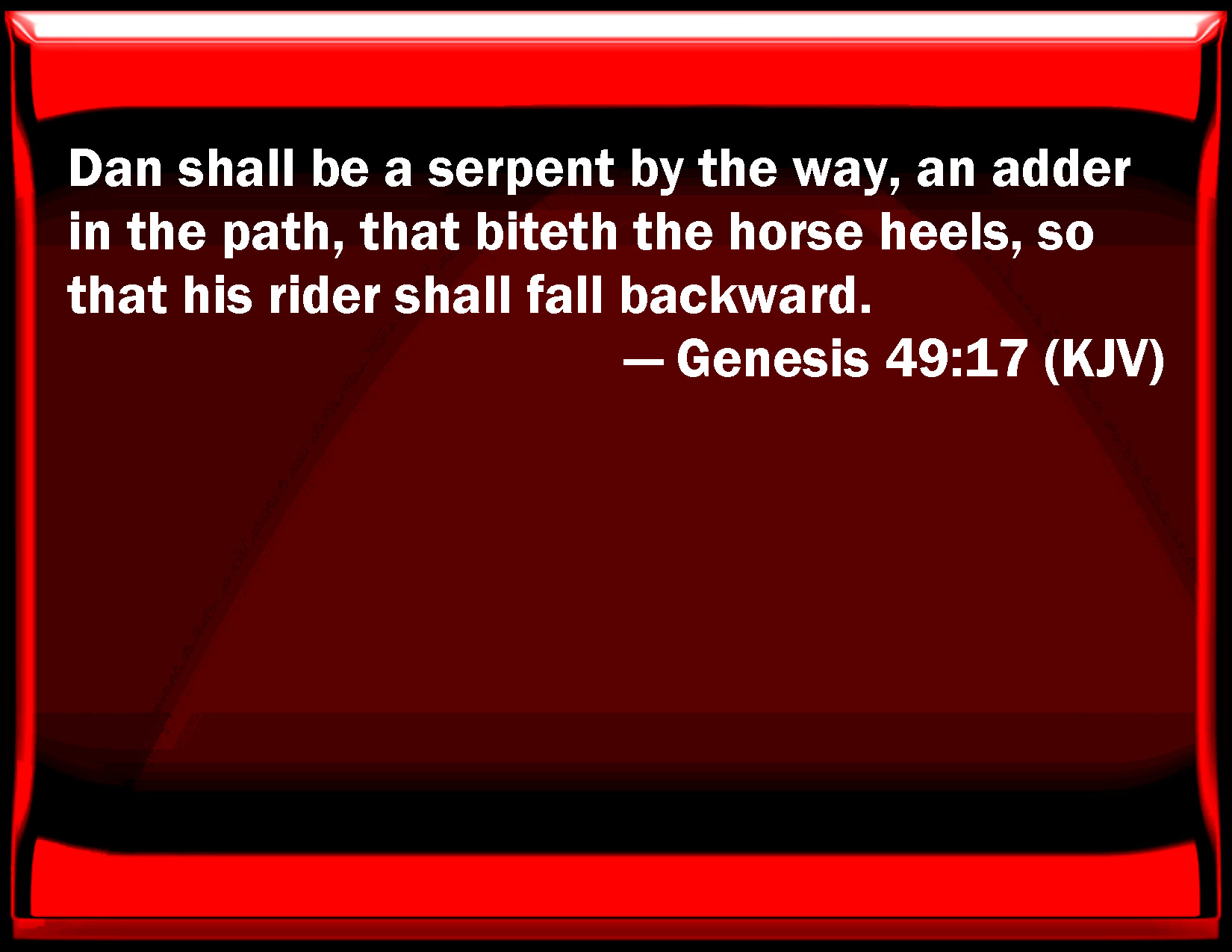



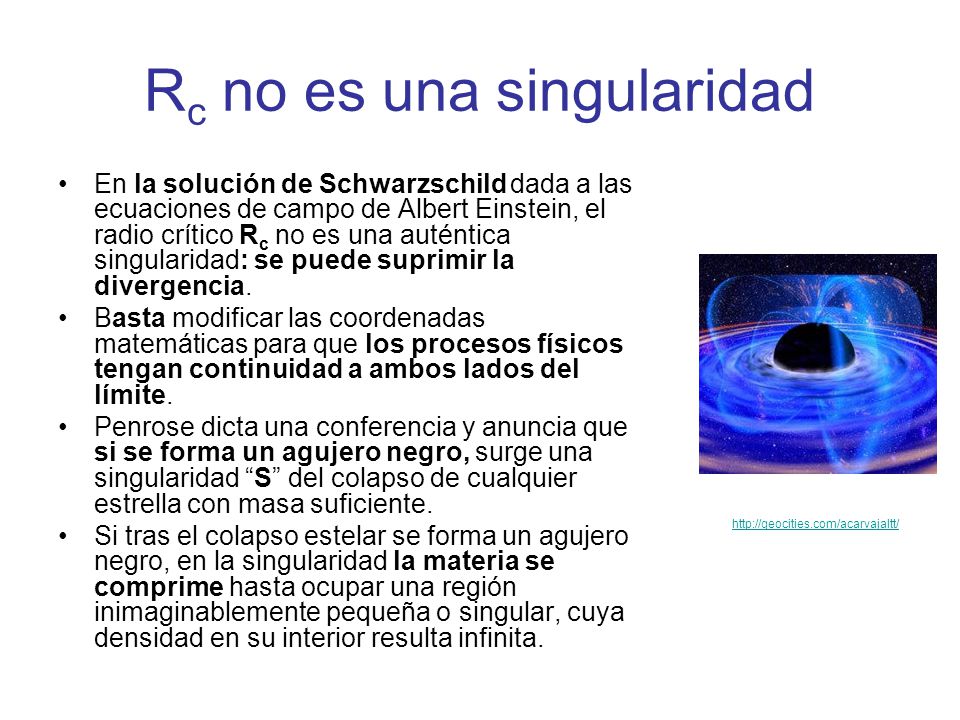




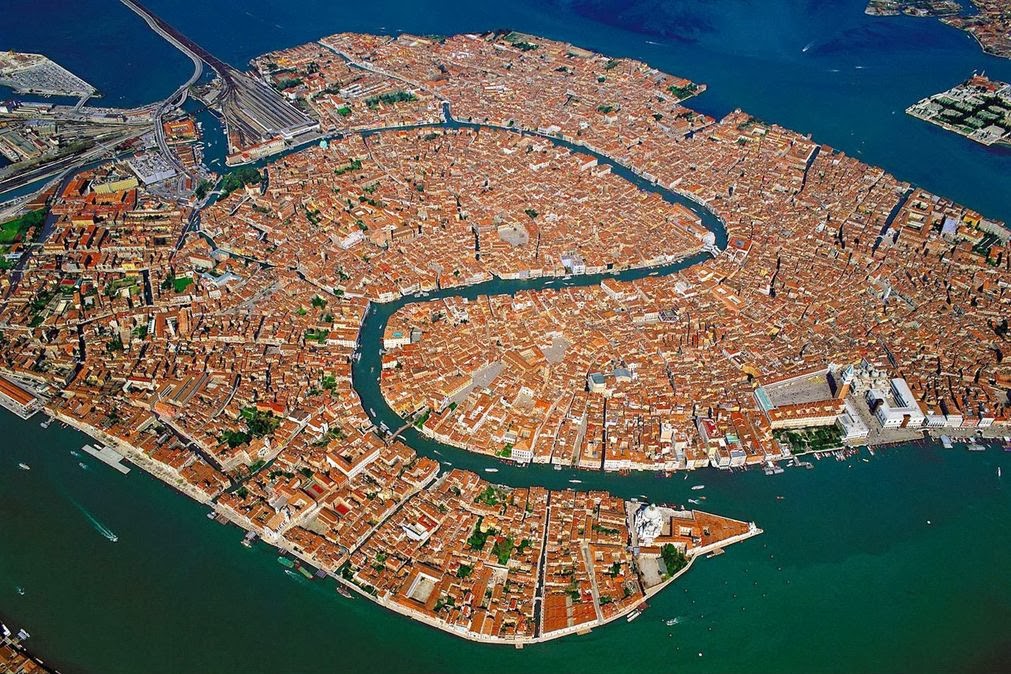






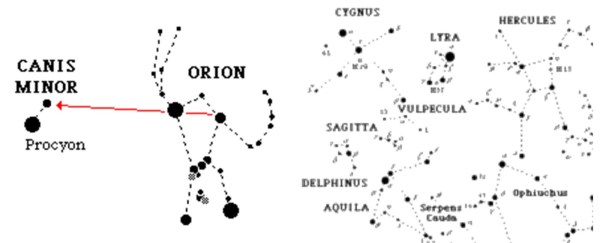



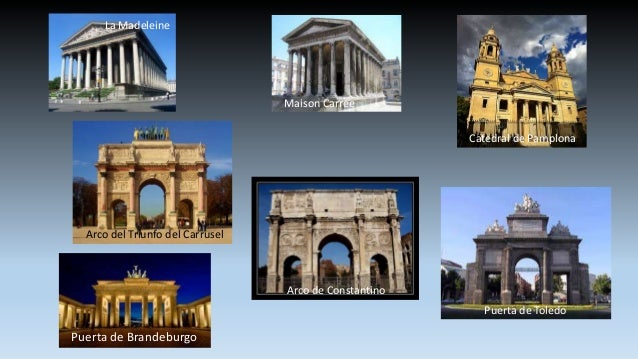
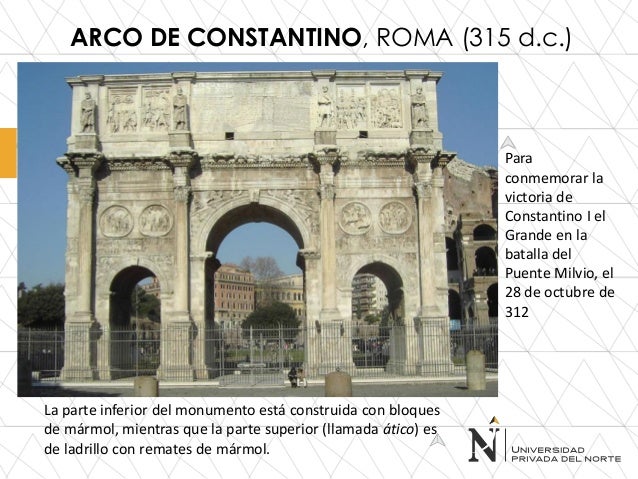


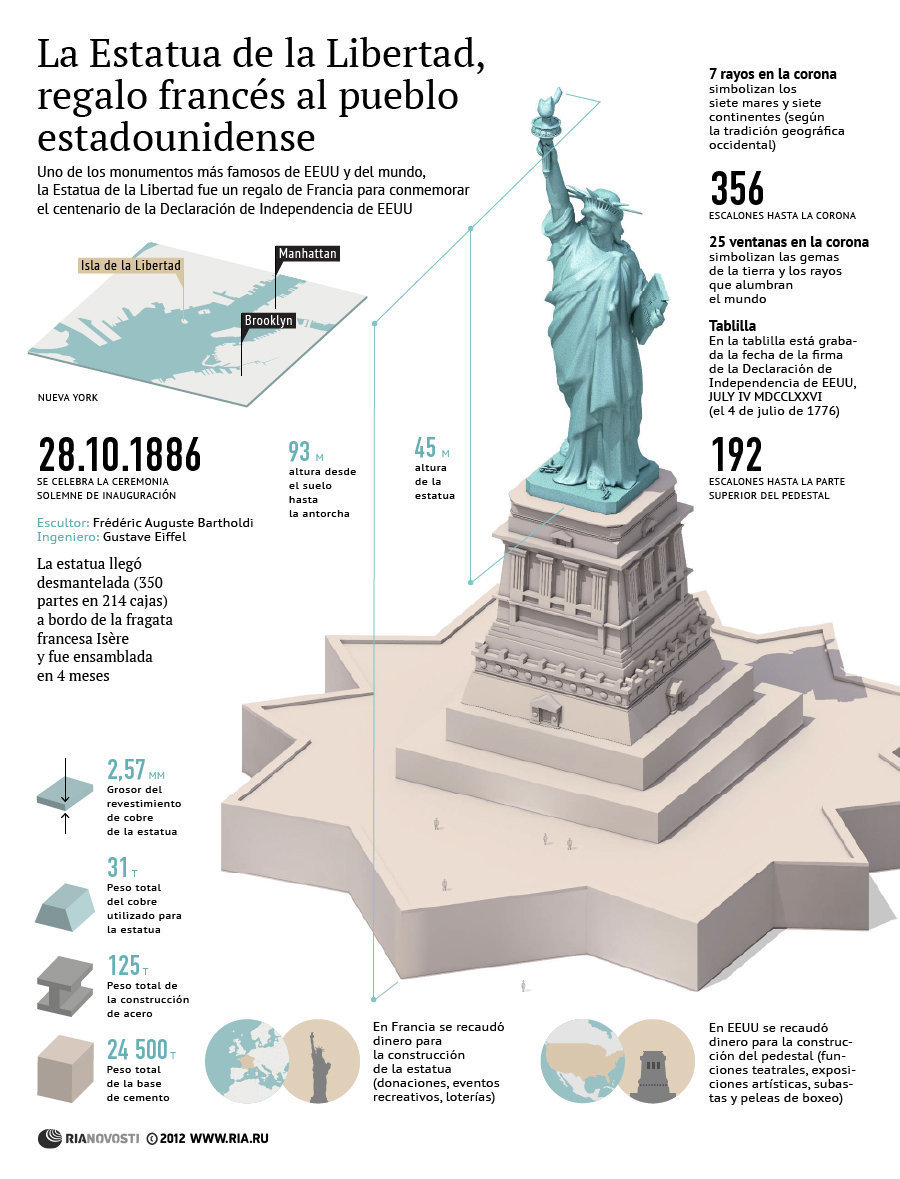
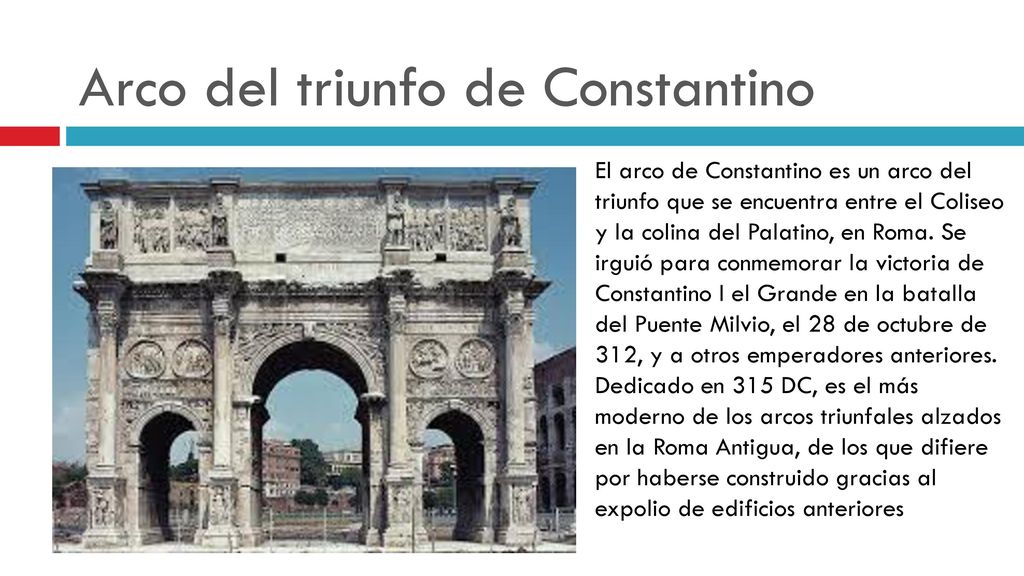




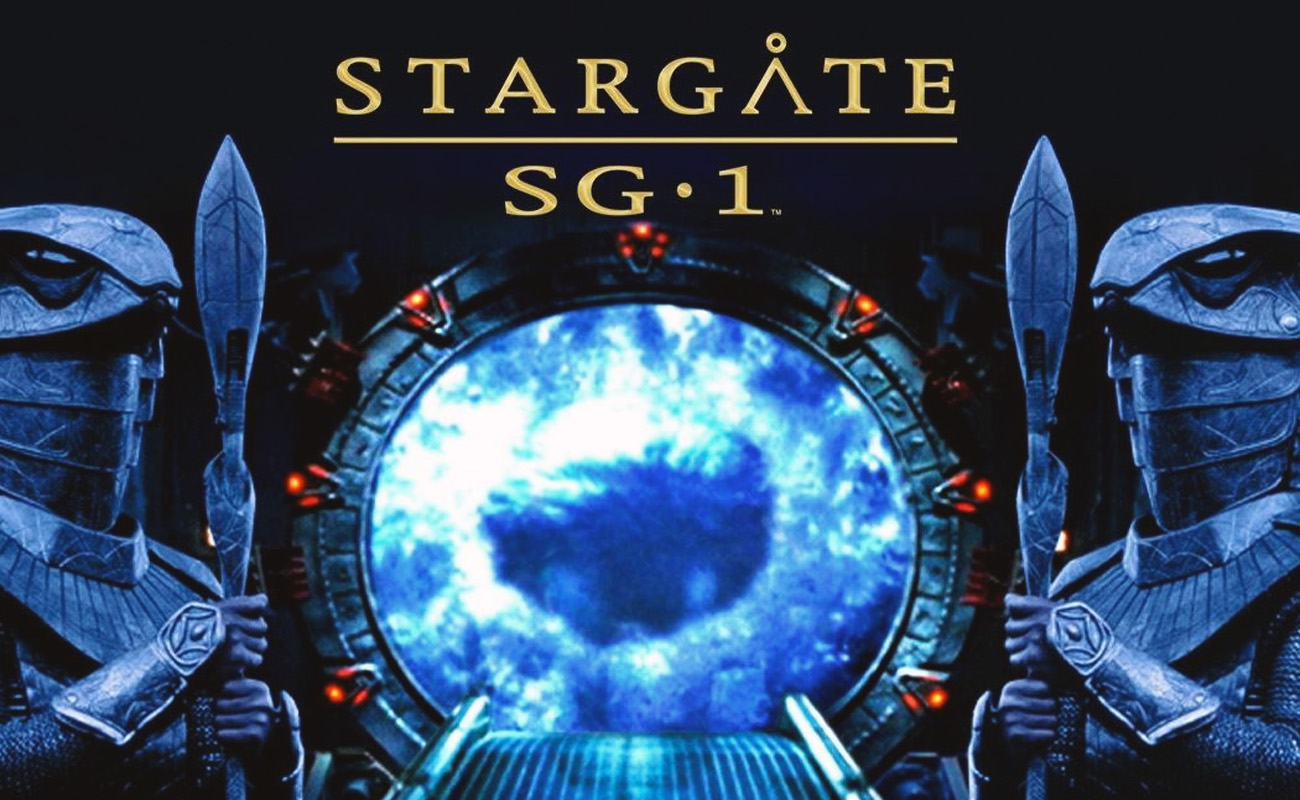
![Stargate Special Edition [Reino Unido] [DVD]: Amazon.es: Kurt Russell: Películas y TV](https://m.media-amazon.com/images/I/51Gr2lgt03L.jpg)
